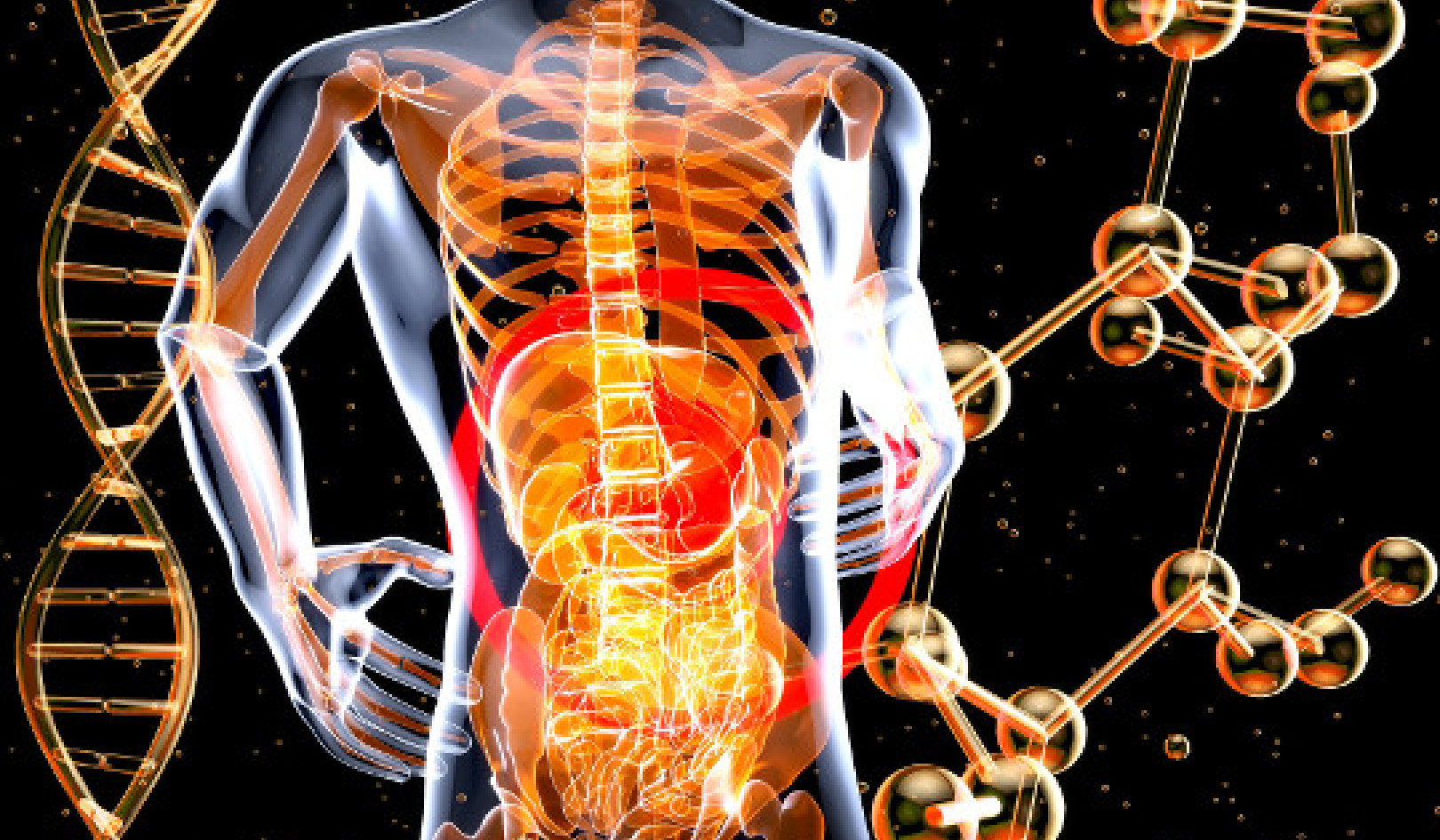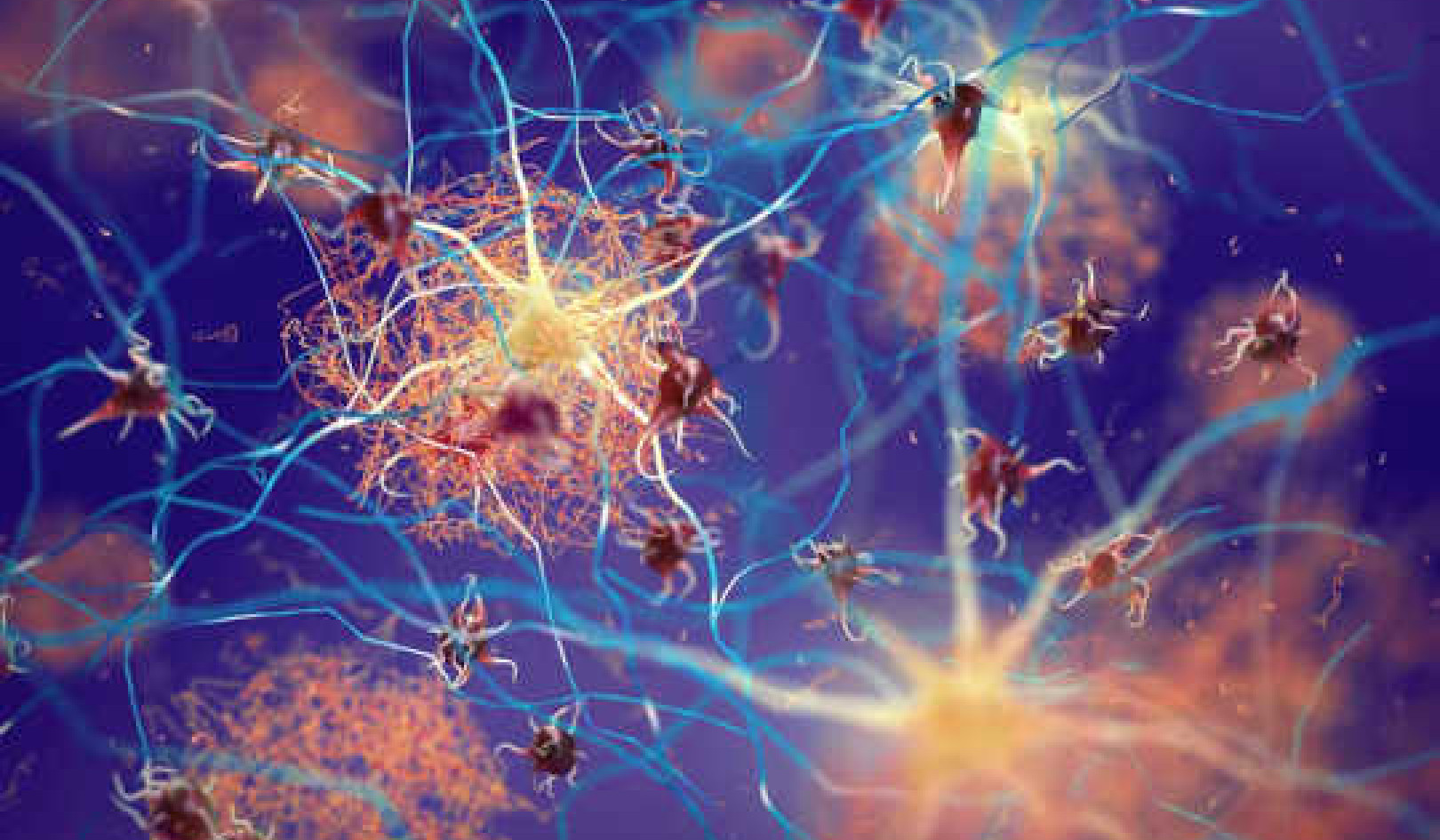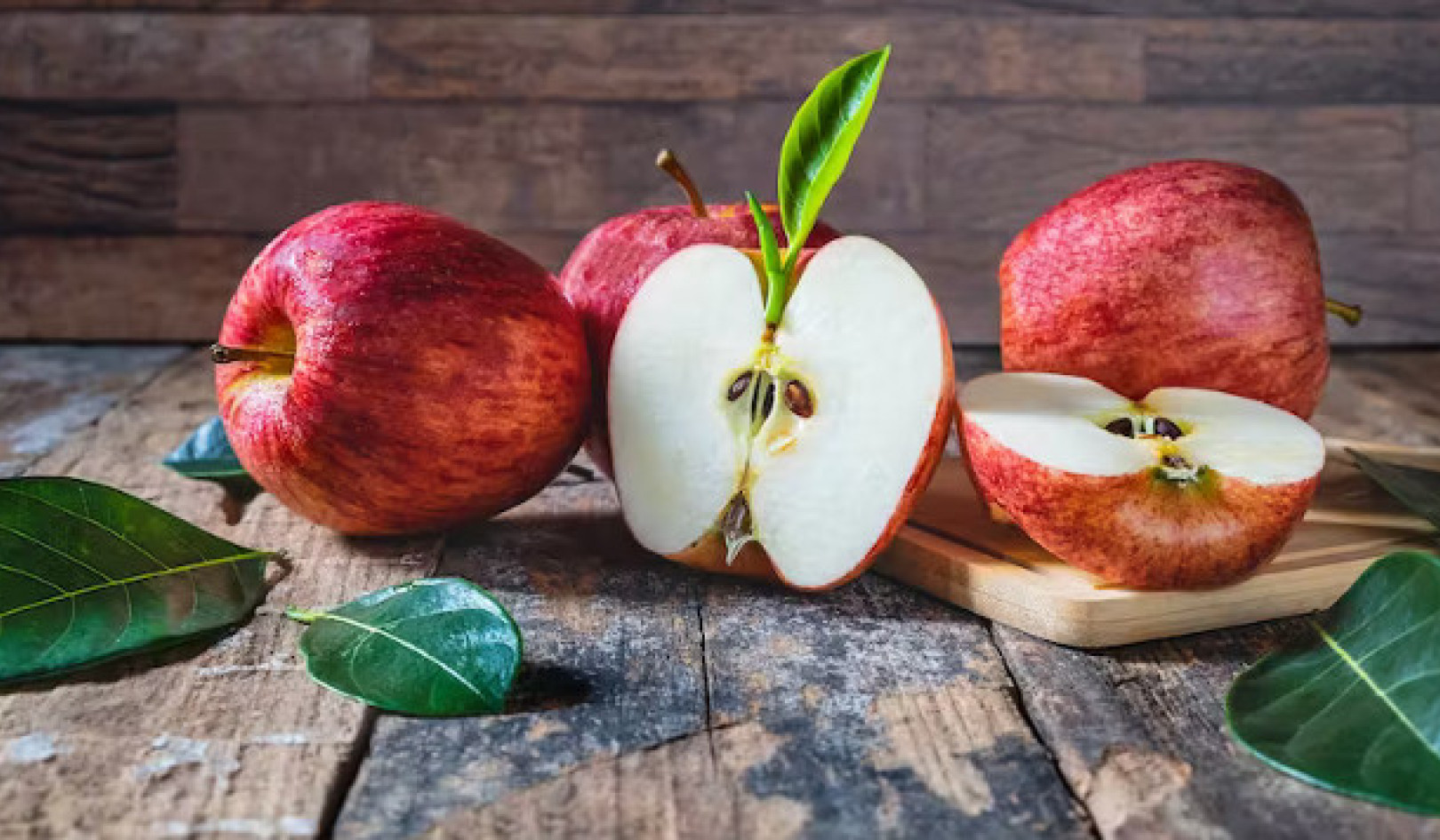Many people are completely unaware of the importance of applying the proper balance of food types in the daily diet. For optimal energy and to maintain health, a balance between the acids and the alkalis of the body is essential. The acid-alkaline balance varies with the individual and his or her stress level. Generally it ranges between 75 percent and 85 percent alkaline-producing foods to between 15 percent and 25 percent acid-producing foods in the diet.
In humans, organs such as the kidneys and the large intestine eliminate waste and toxins, maintaining the internal environment in the most ideal condition. However, there are limitations: If we eat too many poison-producing foods, or not enough of the materials needed to clean out poisons, then our internal environment changes beyond the body's control. It deviates from the optimum conditions in which our cells can live, and the cells become sick and die. Many illnesses are the result of the body's attempt to clean up its internal environment. The body secretes and maintains many different kinds of fluids; the most important is blood, which has a pH level of 7.4 -- slightly alkaline. This alkalinity has to be kept almost constant; even minor variations are dangerous. With too acid blood, the heart relaxes and ceases to beat; with too alkaline blood, it contracts and ceases to beat.
Overabundance of Acid Producing Foods
The most striking observation one can make about the general North American diet is how overabundant the acid-producing foods are in the daily food intake of most individuals. This problem is intensified while traveling because most restaurants do not offer high-quality vegetable, fruit, and grain dishes to balance out the concentrated protein foods such as meat, fish, and poultry.
Our bodies have built-in regulators -- called blood buffers -- to prevent increased acidity that work to keep the pH from fluctuating. For instance, exercise and movement make the blood more acid, but breathing deeply and rapidly for a minute or two is the body's natural way of decreasing this acidity.
An individual with too much acid in the system will experience all manner of adverse physical dysfunctions, such as a susceptibility to colds and flus. Conversely, an individual who maintains a system that is mostly alkaline will experience good general health and well-being. This is not to say that alkaline is better than acid in the system, but that the amount of acidity needed to maintain health is far less than the amount of alkaline chemical actions. The balance of the two is essential.
When ingested, all foods are either acid- or alkaline-producers. All natural foods contain both acid- and alkaline-forming elements; in some, acid-forming elements dominate, in others, it is the reverse. It is not the organic matter of foods that leaves acid or alkaline residues in the body, but the inorganic matter (sulphur, phosphorus, potassium, sodium, magnesium, and calcium) that determines the acidity or alkalinity of the body fluids.
High Protein Foods are Rich in Acid-Forming Elements
Foods comparatively rich in acid-forming elements are generally high protein -- animal products and most grains. Foods comparatively rich in alkaline-forming elements are most fruits and vegetables. Alkaline grains are millet, buckwheat, and sprouted grains.
The most common causes of an overly acidic condition are the over-consumptions of fats, proteins, sugars, white flour products, and milled white rice. Chemicals added to or absorbed by foods -- such as coloring, preservatives, pesticides, and synthetic drugs -- are also acid to the system. Another dangerous combination is sugar and animal foods eaten together. Taken separately, protein and sugar are not so harmful; Eskimos consume a lot of animal foods but not much sugar, and they have a low incidence of cancer. Primitive Eskimos, who consume as much as ten pounds of meat daily -- consisting of raw fish and blubber -- have hardly any signs of circulatory diseases. The reason they do not develop vascular diseases is because most of the food they consume is raw. The body does not have to secrete large amounts of enzymes, because the food is in an easily digestible state. In India, people consume a lot of sugar, but not much meat. They also have a low incidence of cancer.
Although grains are acid forming, they neither cause nor promote cancer if grown organically. Whole grains have important fibers that promote healthy digestion, compared to meats, which contain no fiber to help push foods through the system. Whole grains with garden vegetables and sea vegetables, fresh green salads, and fruits should comprise the bulk of the diet -- with vegetable, fruit, and herbal beverages taken between meals. Meat, fish, dairy, sweets, alcohol, and nuts should be kept to a minimum.
How to Balance Acidity
The morning after a dinner party where one has overindulged, it helps the system to eat plenty or oranges or fresh fruits to balance the acidity. Excellent teas for overacidity in the system are alfalfa, blessed thistle, buckthorn, dandelion, motherwort, mullein, red clover, watercress, and yarrow. If you crave sugar, try cutting down on salt intake and begin to replace foods containing refined white sugars with foods that contain "black" sugars such as date, malt, maple, and molasses. Black sugars are less acid-forming, and they contain alkaline-forming minerals and vitamins, which help in the combination of glucose in the body. Craving sugar can also be a sign to increase the protein in your diet.
It is important to discourage children from sugary foods by giving them unsulfured dried fruits such as mango, pineapple, figs, papaya, raisins, banana chips, and other dried mixtures that can be purchased or can be made at home. If you use raisins, be sure they are organically grown since raisin crops are highly contaminated with pesticides. Dried foods travel well and maintain their nutritional quality, but they should be consumed within a year's time. Vitamins in pill form may cause acidity in the system if they are overused. Therefore, it is best to obtain nutrition from foods.
The famous Dr. Sagan Ishizuka, founder of Japanese Macrobiotic Medicine and Diet, believed that foods are the highest form of medicine. He divided foods into two activating categories: potassium and sodium. Potassium salt activates oxidation and sodium salt inhibits oxidation. Therefore, if one eats mostly grains and vegetables, which contain much potassium, the blood will oxidize well and allow better physiological functioning. On the other hand, if one eats more meat, poultry, fish, and eggs, which contain high amounts of sodium, blood oxidation is inhibited, leaving much poisonous acid. This is the reasoning behind the observation that when people balance these elements they live longer.
The Japanese custom is to cremate people when they die. It is believed that their ashes will be white if they ate a balanced diet, and black if they ate a lot of animal foods. This is how they can tell if a monk lived intelligently. In the United States we say, "You are what you eat."
BASIC ALKALINE-FORMING FOODS
Alkaline-forming foods should make up 75 to 85 percent of the diet. The following is a basic list of such foods. There is some inconsistency in the various charts and lists available, so I have listed these foods by using and combining all of the charts.
1. Fruits, including citrus (except cranberries, plums, prunes, and rhubarb).
2. Vegetables, particularly sea vegetables, mustard greens, parsley, and spinach.
3. Alkaline grains -- millet, buckwheat, and sprouted grains.
4. Human milk, nonfat milk, goat's milk, all cheeses, plain yogurt, and egg yolks.
5. Tofu, soy sauce, and miso.
6. Coffee/tea.
7. Honey.
8. Spices and herbs (except garlic).
9. Mineral, soda, and well water.
10. Natural wines and sake (no sulfites or pesticides).
11. Almonds, brazil nuts, and all sprouted seeds.
12. Lima beans and sprouted beans.
BASIC ACID-FORMING FOODS
Acid-forming foods should make up 15 to 25 percent of the diet, depending upon lifestyle. If a person is more active, more fuel is needed than for a less active individual.
1. High protein foods, especially animal foods -- meat, fish, dairy, and egg whites.
2. Brown rice, barley, wheat, oats, rye, corn, and breads.
3. Cashews, walnuts, peanuts, pecans, macadamias, and filberts.
4. Butter, cream, and nut oils.
5. Lentils, navy beans, kidney beans, and adzuki beans.
6. Alcoholic beverages and soft drinks.
7. White sugar and sugar substitutes, brown sugar, milk sugar, cane syrup, malt syrup, maple syrup, and molasses.
8. Cranberries, pomegranates, plums, prunes, and rhubarb.
9. Artificial and chemical additives and drugs.
Fats are considered one of the three major nutrients. They also lubricate and cleanse. Fats are neutral in the system unless they are overused; then they create acidity in the body.
Article Source:
 The Seasonal Detox Diet: Remedies from the Ancient Cookfire,
The Seasonal Detox Diet: Remedies from the Ancient Cookfire,
by Carrie L'Esperance.
Reprinted with permission of the publisher, Healing Arts Press, a division of Inner Traditions International. ©1998, 2002. http://www.innertraditions.com
Info/Order this book.
About the Author
 CARRIE L'ESPERANCE, a certified iridologist and former gourmet food professional, has spent more than twenty-five years studying the healing systems of the world's cultures. She now specializes in helping clients discover the individual nutritional requirements that will allow them to feel and function at their best. She lives in San Francisco.
CARRIE L'ESPERANCE, a certified iridologist and former gourmet food professional, has spent more than twenty-five years studying the healing systems of the world's cultures. She now specializes in helping clients discover the individual nutritional requirements that will allow them to feel and function at their best. She lives in San Francisco.


























